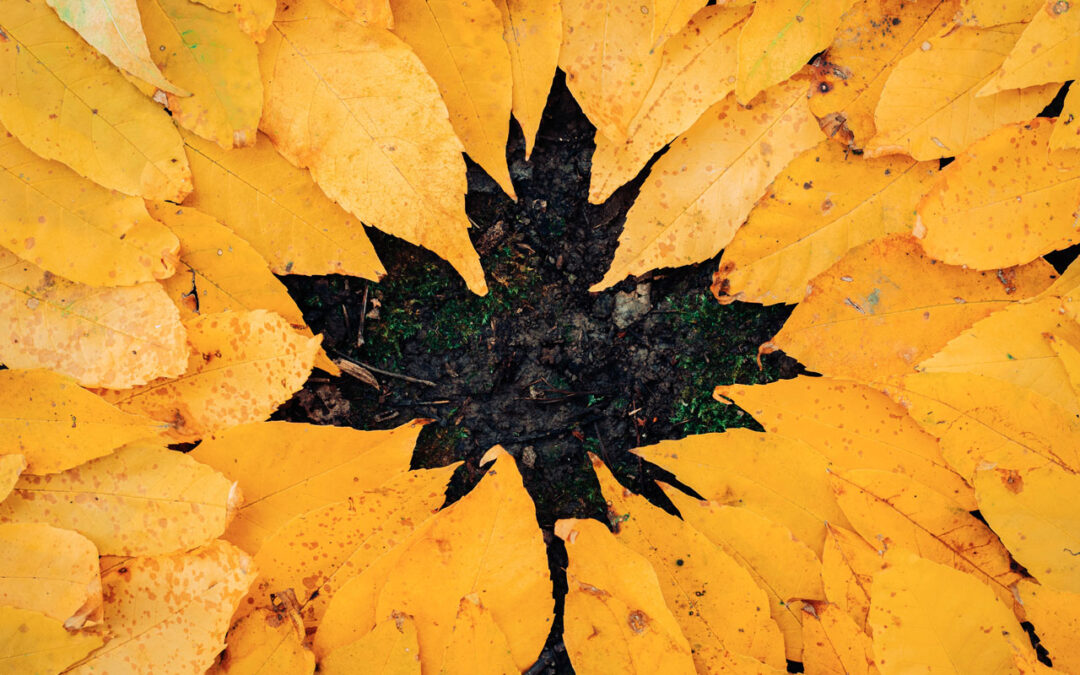If you’ve only ever shot in the summertime, or are new to photography, then fall can seem like the end of the perfect season to shoot outdoors. Autumn is around the corner, which means no more blissfully sunny days spent taking pictures in the warm afternoon sunshine. Despite the shift in weather, however, you can still learn new tricks and techniques that will make you a better photographer. Learning to work with softer low light, more shadows, and a different color set are all essential tools in a photographer’s skillset. Also, just because summer has come to its eventual end doesn’t mean that people won’t need your services for school photos, autumn weddings, maybe even group events (hopefully).

You shouldn’t get discouraged if the day you planned to shoot turns out drizzly and lackluster: it’s Oregon, it’s bound to happen. Instead, try to look for something that contrasts with the greys and blues to make a picture pop. Old red barns, late-blooming flowers, a bright yellow raincoat for instance. For new landscape photographers, the forests of the Northwest are a gold mine for unique pictures; the vine maple is stunning to shoot because it’s leaves turn from a soft green to vivid red. Red alders are particularly interesting because of the contrast between their white trunk and dying leaves. Many vineyards throughout the valley welcome the chance to have photographers wander their properties. Willamette Valley Vineyards, for instance, has a fantastic view of rolling hills surrounded by pine trees. Oregon is well known for its foliage during the fall, so take advantage of the chance to learn.
With colder weather comes more moisture. Our advice? Find the fog! Fog photos can be tricky to get right, but are super cool to see post-production. Scout a high-altitude spot and try out your manual focus on this one. Shooting from a hilltop down onto a valley or basin filled with low-lying clouds is something to experiment with. Being able to capture the morning rays of light as they filter through tree trunks engulfed in mist is always a stunning picture as well. Make the picture your own by adding a model into the mix, snapping a picture of fog hovering over a lake, or playing with silhouettes in the murky background.
With colder weather comes more moisture. Our advice? Find the fog! Fog photos can be tricky to get right, but are super cool to see post-production. Scout a high-altitude spot and try out your manual focus on this one. Shooting from a hilltop down onto a valley or basin filled with low-lying clouds is something to experiment with. Being able to capture the morning rays of light as they filter through tree trunks engulfed in mist is always a stunning picture as well. Make the picture your own by adding a model into the mix, snapping a picture of fog hovering over a lake, or playing with silhouettes in the murky background.

If there’s one thing to take away from this blog it’s this: white balance, white balance, white balance! Tweaking this can help saturate a fall picture that would otherwise be dull and flat due to the dim light. Shooting on auto or shutter priority when you’re trying to capture the iconic colors of autumn photos is going to be difficult since the camera doesn’t want a warmer tone in the picture. Overcast and rainy days have a stronger blue tone that shows through on auto mode. However, autumn pictures lean more towards a comforting, almost nostalgic feeling that is steeped in yellow, orange, and brown shades. Additionally, scenes of forest settings allow for more noise and grain in order to produce a busier photo. If you spend the time to get to know how your white balance affects your photos, your skills as a photographer will evolve into a whole new level.
Finally, here are a few tips from everyone at the shop to get you ready for the season.
“Get a pumpkin spice latte before you go out. It sets the mood for a productive shoot.” – Jerome Daras
“Autumn is the perfect season for portrait and landscape photography. The wide range of colors and the overcast days are excellent for that.” – Andrew Schafer

